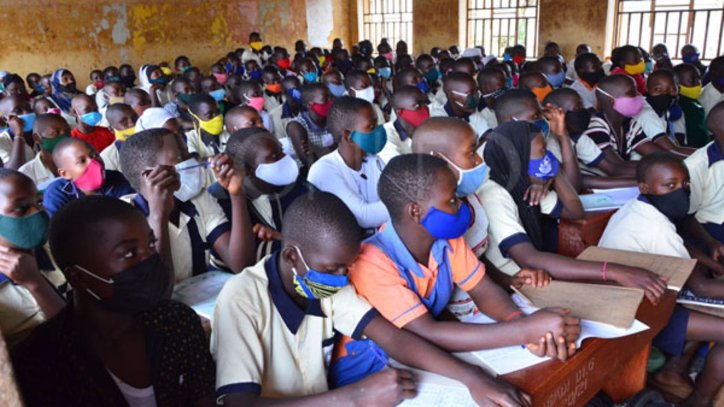In recent times, Universal Primary Education ( UPE ) schools have found themselves facing a multitude of challenges that hinder the smooth delivery of quality education.
These issues have created a daunting situation for both students and teachers alike, requiring urgent attention and intervention. This article highlights the key problems currently faced by UPE schools and emphasizes the importance of tackling these issues for the betterment of the education system.
One of the prominent challenges faced by UPE schools is the lack of adequate infrastructure. Insufficient classrooms, dilapidated buildings, and inadequate sanitation facilities are common problems that hinder an optimal learning environment.
The overcrowded classrooms not only compromise the comfort of students but also impede effective teaching and learning. It is imperative that policymakers and stakeholders prioritize infrastructure development to ensure that UPE schools can accommodate all students and provide a conducive learning environment.
Additionally, UPE schools often struggle with a shortage of qualified teachers. The demand for quality education is high, but the supply of competent instructors falls short. This imbalance negatively impacts the quality of instruction and limits students’ access to well-rounded education.
Recruiting and retaining highly skilled teachers, along with providing them with continuous professional development opportunities, should be a priority to address this issue effectively.
Moreover, the lack of instructional materials and learning resources poses a significant challenge in UPE schools. Many students do not have access to textbooks, reading materials, or educational technology, hindering their ability to acquire knowledge effectively.
To bridge this gap, it is essential to invest in the provision of relevant and up-to-date learning resources, including textbooks, digital tools, and libraries, thus empowering students with the necessary tools for academic success.
Another pressing concern is the inadequate funding allocated to UPE schools. Insufficient financial resources limit schools’ ability to address various needs, such as infrastructure development, teacher training, and resource provision.
Governments and education stakeholders should prioritize increasing the budget allocation for UPE schools to ensure that they have the necessary resources to provide quality education.
Furthermore, the issue of socioeconomic disparities among students attending UPE schools cannot be overlooked. Many students come from economically disadvantaged backgrounds, which affects their access to quality education.
Efforts should be made to implement inclusive policies that provide support to economically disadvantaged students, such as scholarships, school feeding programs, and targeted interventions, to ensure that they receive equal opportunities for education.
UPE schools are grappling with a range of challenges that hamper the delivery of quality education. The issues of inadequate infrastructure, shortage of qualified teachers, lack of instructional materials, insufficient funding, and socioeconomic disparities must be addressed urgently.
By focusing on these critical areas, policymakers and stakeholders can work towards creating an environment in which UPE schools can thrive, ensuring that every child has access to a quality education, regardless of their background.
Only through concerted efforts and effective interventions can we overcome these challenges and pave the way for a brighter future for UPE schools and the students they serve.


